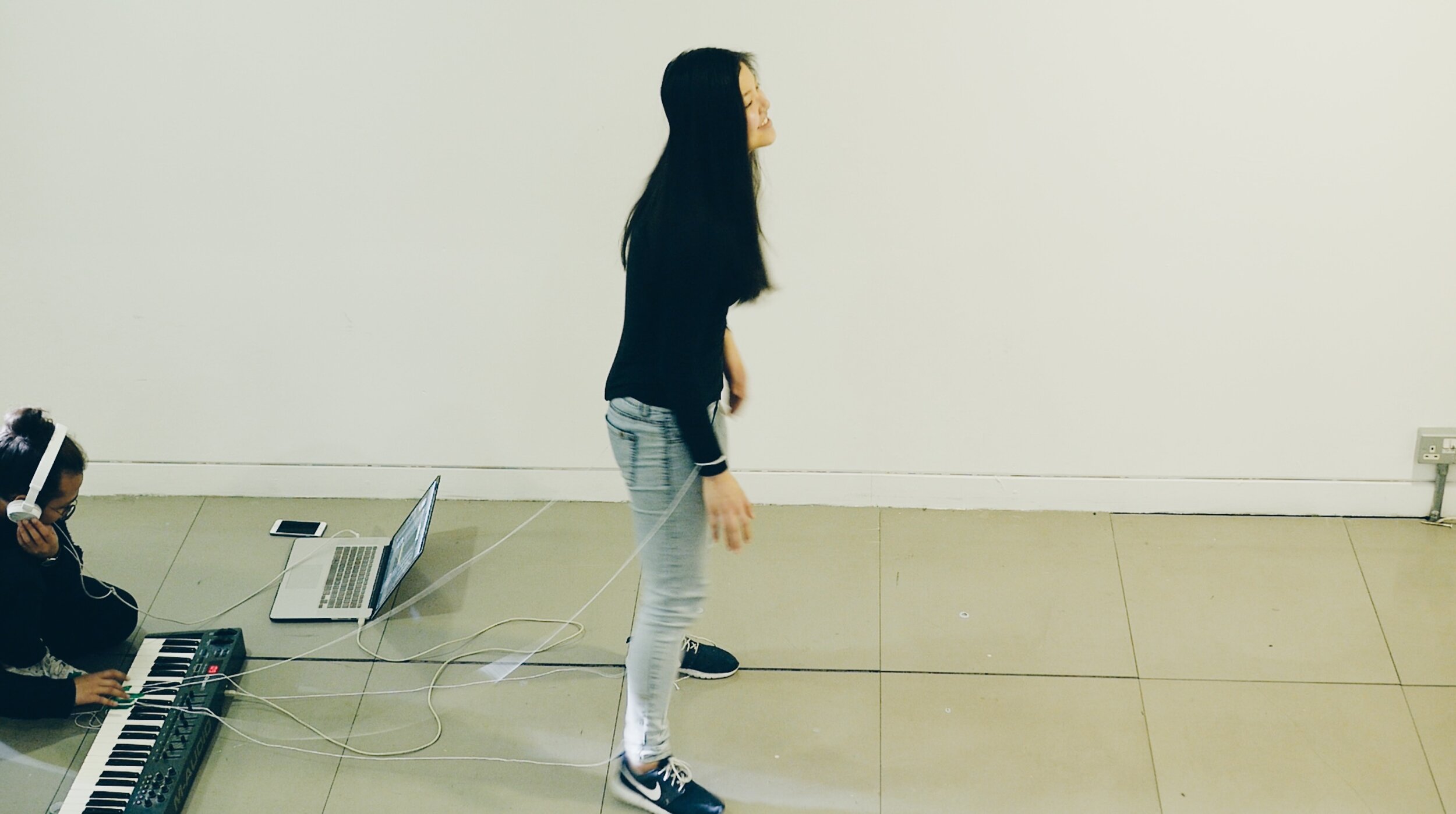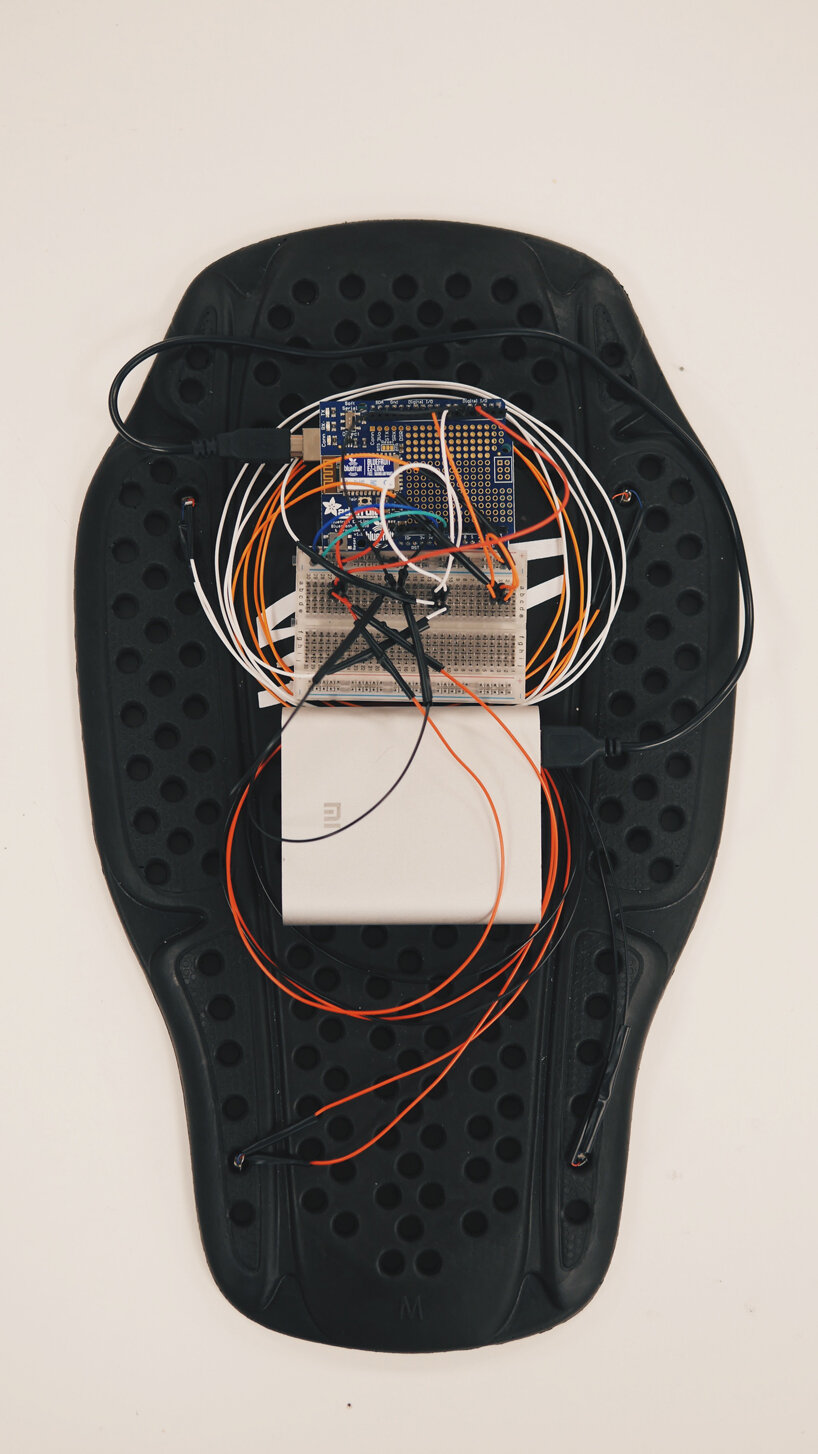
HAPTIC VEST (2016)
Taking heavy inspiration from the works of Scott Novich and David Eagleman on sensory substitution Haptic Vest: Sensing Sound (2016) explores how one could experience music through the sense of touch.
My initial research looked into how one could make sound visible, which led to the study of cymatics. I was intrigued with the way the different level of frequencies produced different visuals through vibrations. There were many other projects that looked into using the four elements to visualise sound. What stood out to me was exploring beyond just vibrating the four elements. Instead of vibrating water or sand, what would it look like to vibrate the human body?
Sensory Substitution.
So the idea of sensory substitution is described as a non-invasive technique for circumventing the loss of one sense by feeding its information through another channel. That basically means, for someone with hearing impairments; they can learn a new language through recognising patterns of vibrations. Using ‘feeling’ the sense of touch instead of hearing.
The Haptic Vest has four points of vibrations, two on the shoulder blades and two on the lower back of the torso. Each point corresponds to the four joints. The two upper points links to the arms while the two lower points links to the legs. The vibration disc is then hooked up to the Arduino and linked to a musical keyboard via Bluetooth.
Drawing inspiration from Notations 21 by Theresa Sauer I wanted to recreate a new way to notate sound. I notated the lower keys of the keyboards to the lower points on the vest while the higher keys were linked to the upper points.











Dancing to vibrations.
I invited friends to test out the vest and they were encouraged to move purely based on the vibrations they felt on their torso. What was interesting was to see how it created many different levels of dialogue. It was like a game of ‘Chinese Whispers’ where the conversation started between the pianist and the keyboard, the keyboard to the vest, the vest to the torso of the performer, and the performer’s interpretation of the vibration through movements which is then experienced and visualized by the audience without hearing any kind of sound.



















